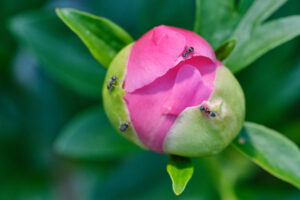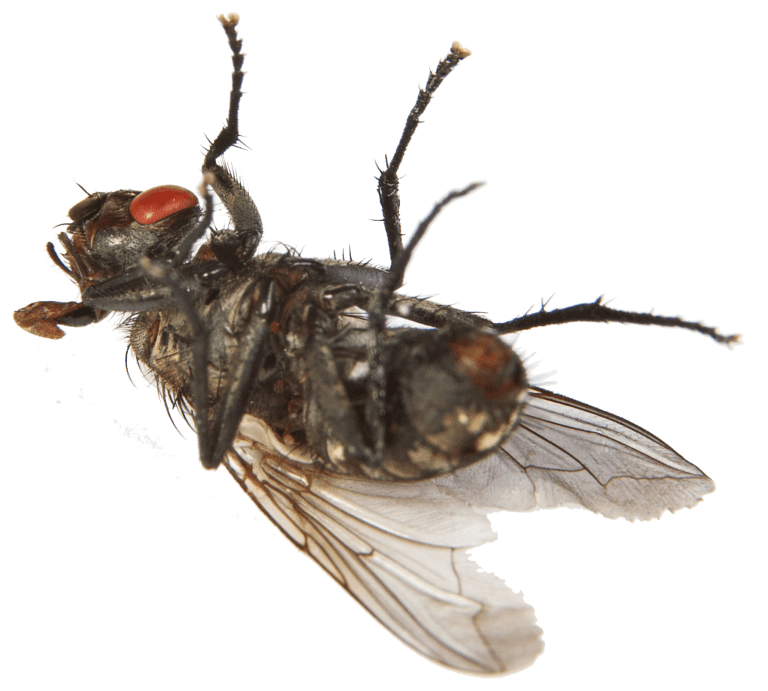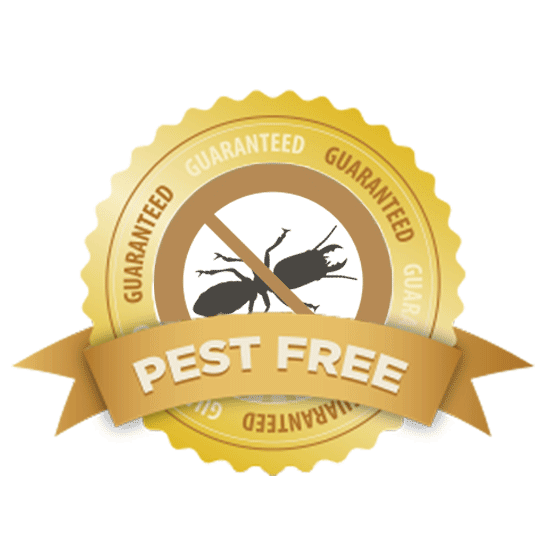The tropical climate in South Florida and its swaying palm trees make it the most sought-after place for a living environment and retirement. Sadly, pests find this climate conducive to grow in large numbers. They are unwelcome guests in most Floridian homes and one of the most common pests is termites. Termites are both destructive pests and a nuisance throughout all of South Florida.
The rate of termite infestation is the highest in the Southeast and thus termite pest control is essential. Homeowners spend thousands of dollars a year to protect their valuable homes from termites. The two most common types of termites in Florida are the Subterranean termites and the Dry-wood termites.
Subterranean Termites. These termites are the most frequently found termites in Florida. They are also the most destructive. They thrive on wood and any other item which has cellulose in it, especially fiberboard and paper. These termites build and thrive in large colonies and their invasion is catastrophic.
Dry-wood Termites. Dry-wood termites are found in roof rafters, foundations, walls, and eaves. They infest cabinets, furniture, and wood trim. These termites nest and feed on any type of wood and usually build and live in large colonies.
Preventive Termite Pest Control
Both types of termites require extensive preventative treatments.
Subterranean termites are the more dangerous of the two. In most cases eco-friendly treatments are applied unobtrusively around your home without having to drill into the foundation or applying chemical solution in the ground beneath your home. It places small stations around the home. The termite treatment begins as soon as the small stations are installed by eliminating the entire colony and offering continuous property protection. This is called no-tent termite treatment.
Dry-wood termites are prevented from thriving on wood in attics and home by applying a borate-based inorganic deterrent. Spot treatment is required when dry-wood termites have invaded your homes. These treatments include electric shock through foam, liquid, and wood injections.
Tent fumigation process is the most efficient method for dry-wood termite treatments. It successfully eliminates all termites in the colony. This method is tedious and homeowners must plan and prepare to vacate the premises for a minimum of 72 hours to cooperate. Pest control experts in South Florida are always willing to consult on the best ways to handle any termite infestations as well as identify the type of termites you may be up against.
Liquid products are less invasive than tent fumigation and may be reliable treatments as well. Technicians apply the liquid to all the reachable wood found in, attics, soffit vents and crawl spaces. Dry-wood termites walk through the treated areas and transfer fatal doses of the product throughout the colony, thereby leading to purging of all termites in the colony.
As with all pest control services in South Florida – prevention is better than cure. Here are some termite prevention tips to keep your home safe.
- Termites thrive in moist and damp areas. Avoid water accumulation near your home. It is best to divert water away with functioning gutters, downspouts and splash blocks. Inspect and repair regularly all taps, plumbing pipes, shower recess, faucets, garden hoses, gutters, and irrigation systems.
- Spot damages from a leaky roof, broken roof tiles, and window. Repair them immediately.
- Avoid wood contact with the soil. An ideal one-inch gap must be maintained between the wood portions of your building and soil.
- Never bury waste lumber or wood scraps in your garden or yard. Old tree stumps must be removed along with their roots from near your home or even from beneath it.
- Avoid mulch and gravel as soil covers. The soil conditions remain moist and termites will be attracted to the area
- Shrubs must not be planted too close to the house. Ants and termites enter the house through trees or shrubs. Thick foliage makes detection of termite activity impossible to detect.
- Seal all cracks and openings in the mortar or bricks so as to deny access to termite’s entry.
The most prominent warning signs that you may have termites are listed below. If you believe you have termites consult a termite pest control specialist immediately.
- Mud tunneling in, under, and over wood structures.
- Darkening or blistering of wooden structures.
- Swarms of winged insects in fall and spring.
- Damaged wood become thin and can be easily punctured with any object.
Termites – “the silent destroyers” – can eat their way through a home. Every home owner in Florida must know how to avoid termite damage. It makes sense to have regular inspections performed by a professional and follow it up with appropriate remedial solution.





